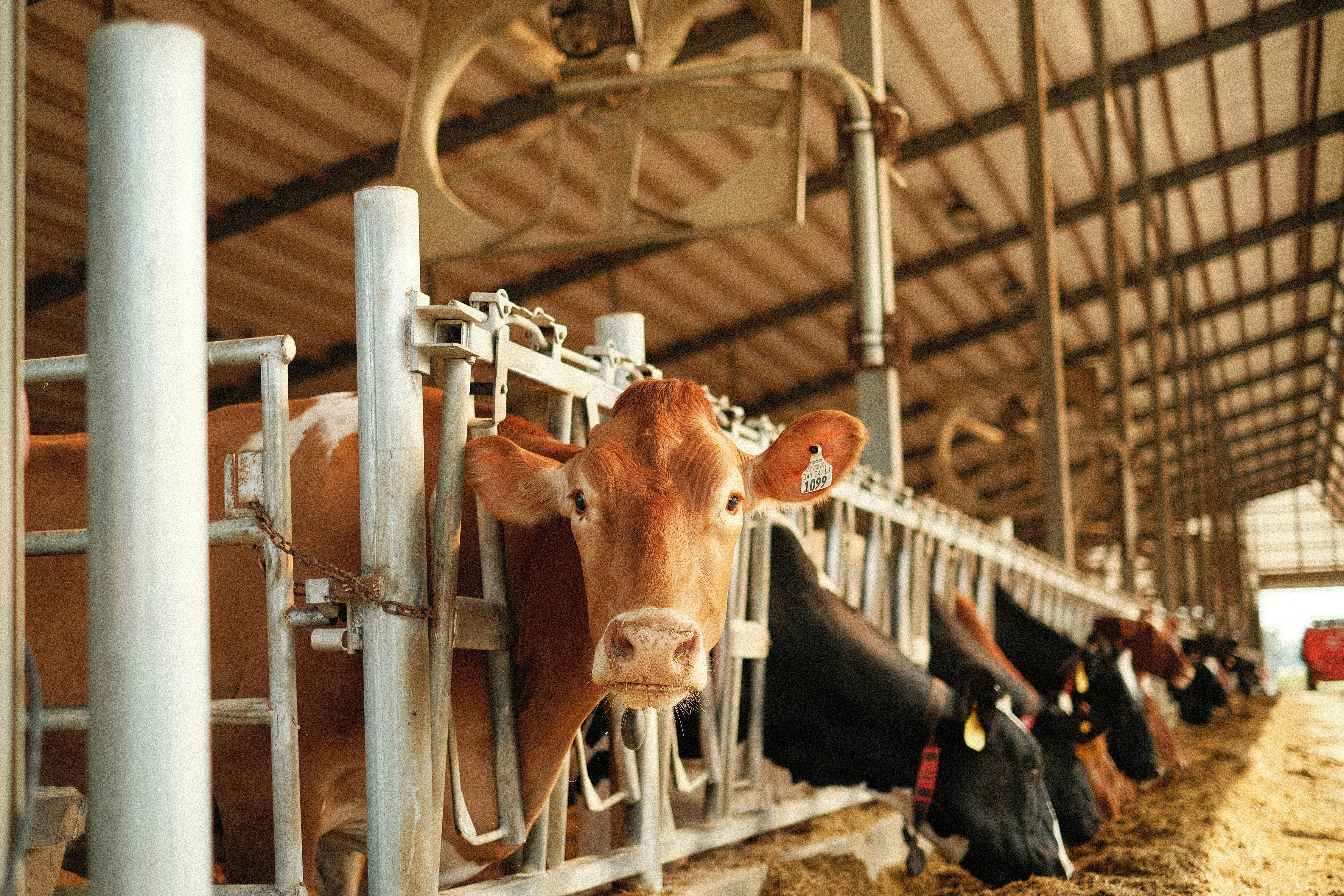Media release
From:
More than 11 million tonnes of meat is consumed in cities in the USA every year, according to an analysis of data from 3,531 cities, published in Nature Climate Change. This equates to 329 million tonnes of carbon emissions, which is comparable to emission levels from US domestic fossil fuel use. New York City, Los Angeles and Chicago alone consume a total of 3.2 million tonnes of meat per year. However, these emissions can be reduced by up to 51% through measures such as reducing food waste and shifting diets from beef to poultry, the authors suggest.
Meat and dairy products are known to contribute substantially to urban greenhouse gas emissions, but the complexity of agricultural supply chains over large rural areas has made it difficult to trace these impacts. Traditional carbon accounting methods often rely on national averages, which can obscure important regional differences.
Benjamin Goldstein and colleagues quantify and map the greenhouse gas emissions of beef, chicken, and pork consumption to calculate the ‘carbon hoofprint’ of 3,531 US cities. They used a high-resolution model to link meat consumption to the specific rural regions that produce the feed, livestock, and processed meat. They find that 4.6 million tonnes of chicken, 3.7 million tonnes of beef, and 2.7 million tonnes of pork are consumed in these cities every year, but the carbon footprint of this meat consumption is largely determined by where that meat is produced. The 329 million tonnes of carbon emissions produced by meat consumption exceeds total annual carbon emissions from the UK (305 million tonnes) and Italy (313 tonnes), and is comparable to domestic fossil fuel combustion in the US (334 million tonnes). The authors find that the supply chains can span thousands of kilometres encompassing hundreds of US counties. Los Angeles, for example, sources beef from 10 counties, which in turn rely on livestock from 469 counties, which are fed using crops grown in 828 counties.
Goldstein and co-authors emphasize that cities can mitigate the environmental impacts of urban consumption and reduce their hoofprint by 14–51% by implementing strategies to reduce edible food waste and by promoting dietary shifts from beef to poultry. Meanwhile, supply-side strategies, such as those that integrate trees and livestock grazing (silvopastures), can further reduce the net hoofprint.



 International
International



